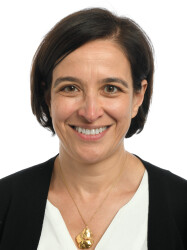BibTex format
@article{Thompson:2022:10.1016/S2214-109X(22)00416-8,
author = {Thompson, HA and Hogan, AB and Walker, PGT and Winskill, P and Zongo, I and Sagara, I and Tinto, H and Ouedraogo, J-B and Dicko, A and Chandramohan, D and Greenwood, B and Cairns, M and Ghani, AC},
doi = {10.1016/S2214-109X(22)00416-8},
journal = {The Lancet Global Health},
pages = {e1782--e1792},
title = {Seasonal use case for the RTS,S/AS01 malaria vaccine: a mathematical modelling study},
url = {http://dx.doi.org/10.1016/S2214-109X(22)00416-8},
volume = {10},
year = {2022}
}

